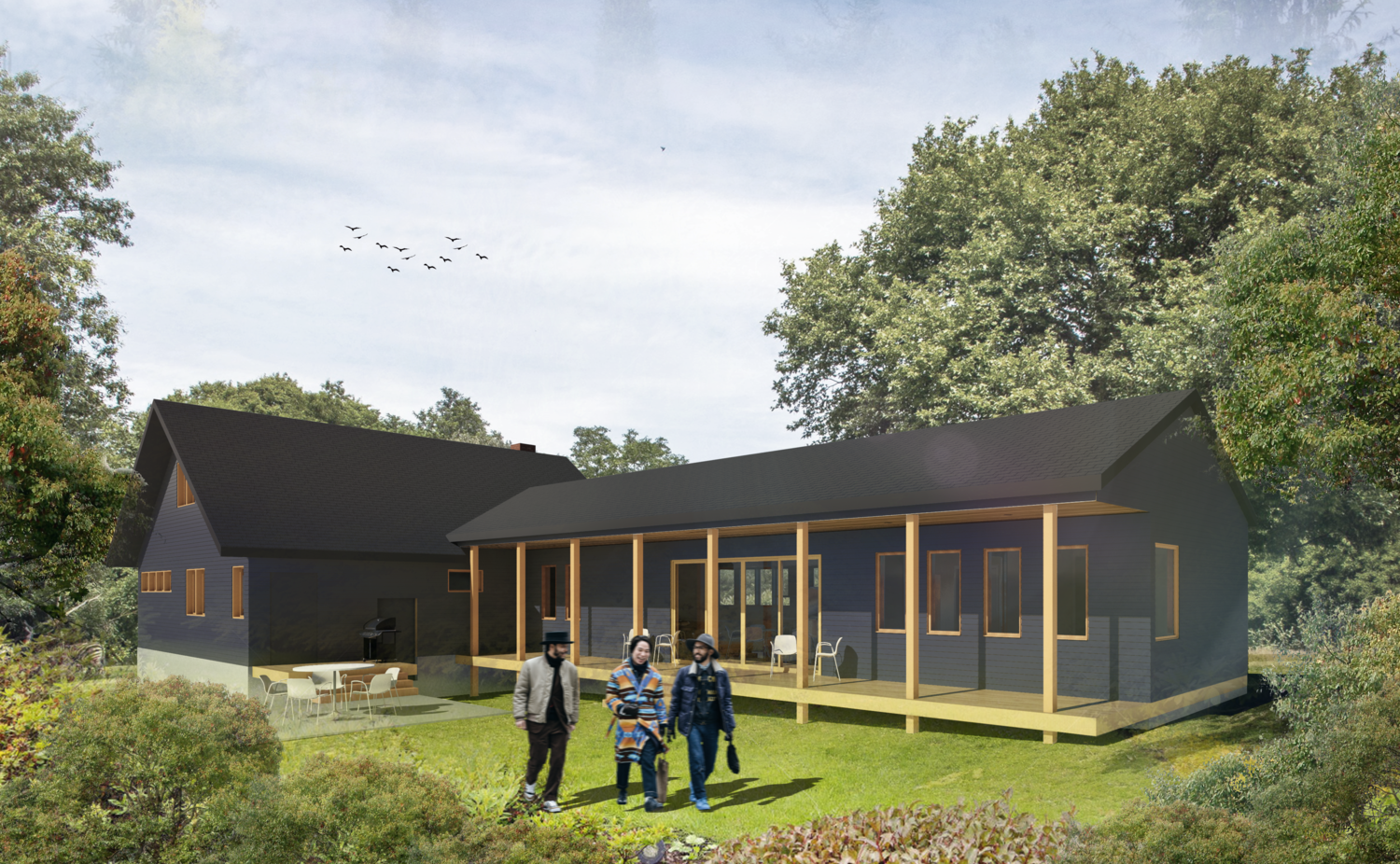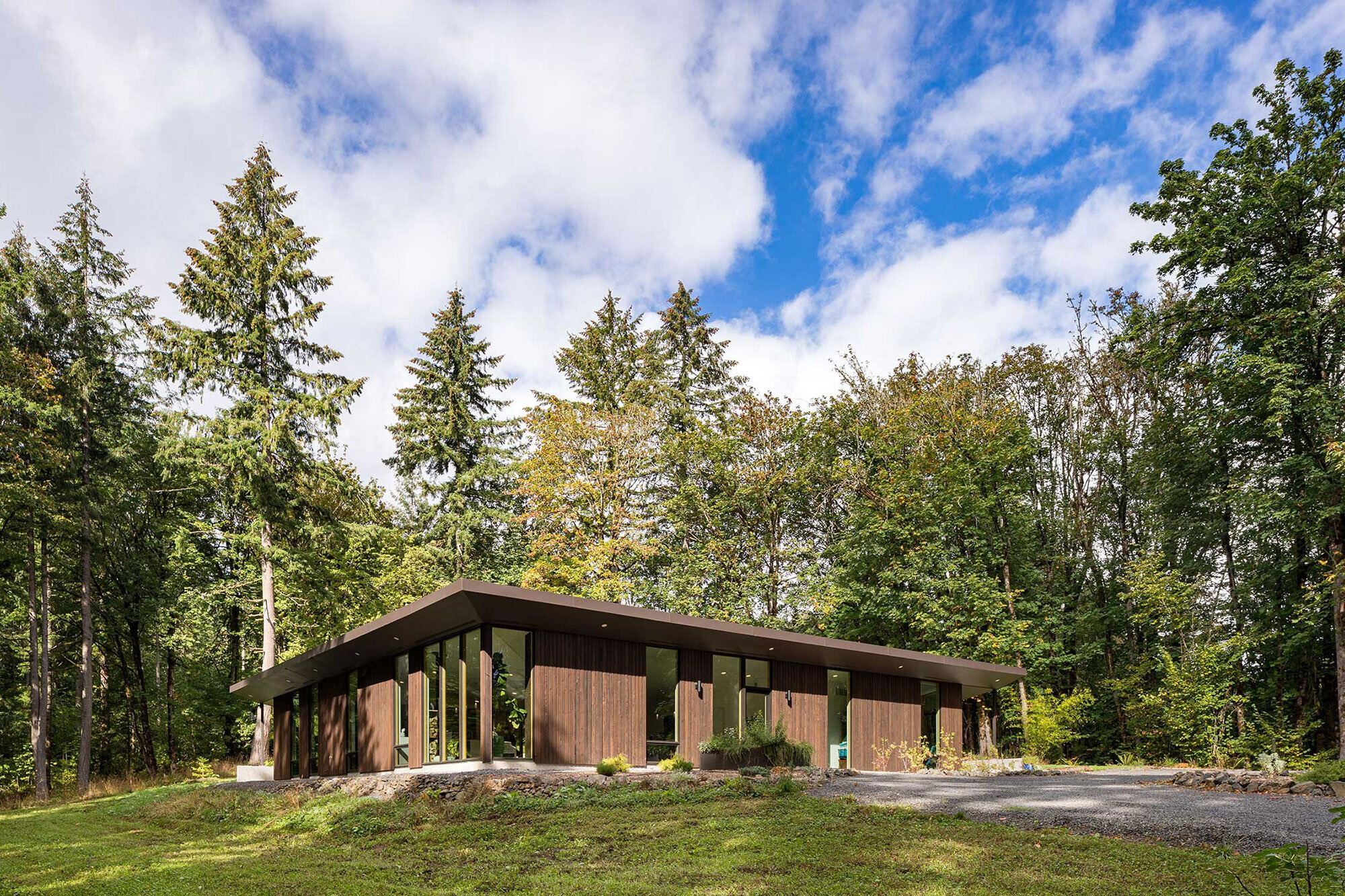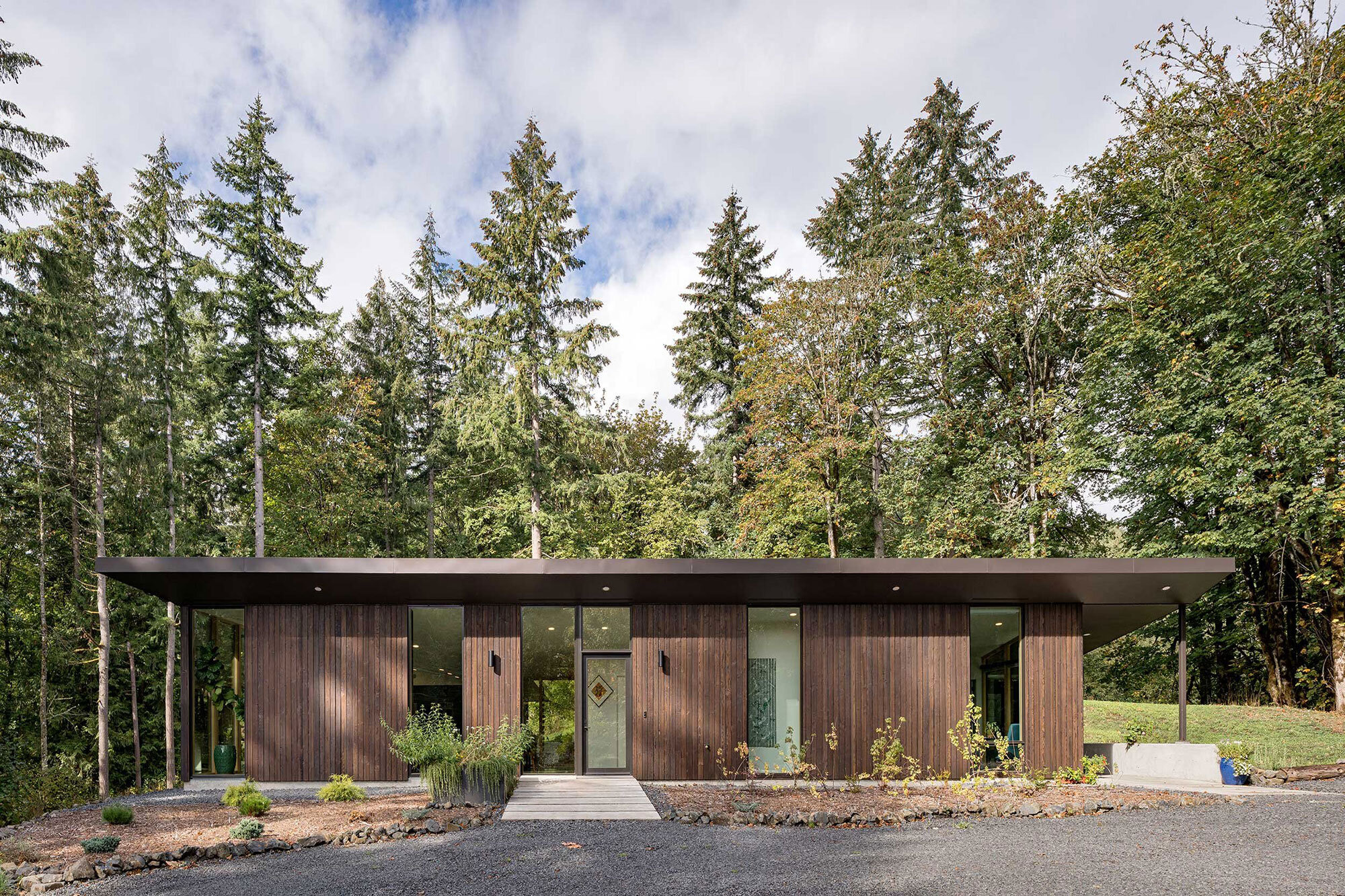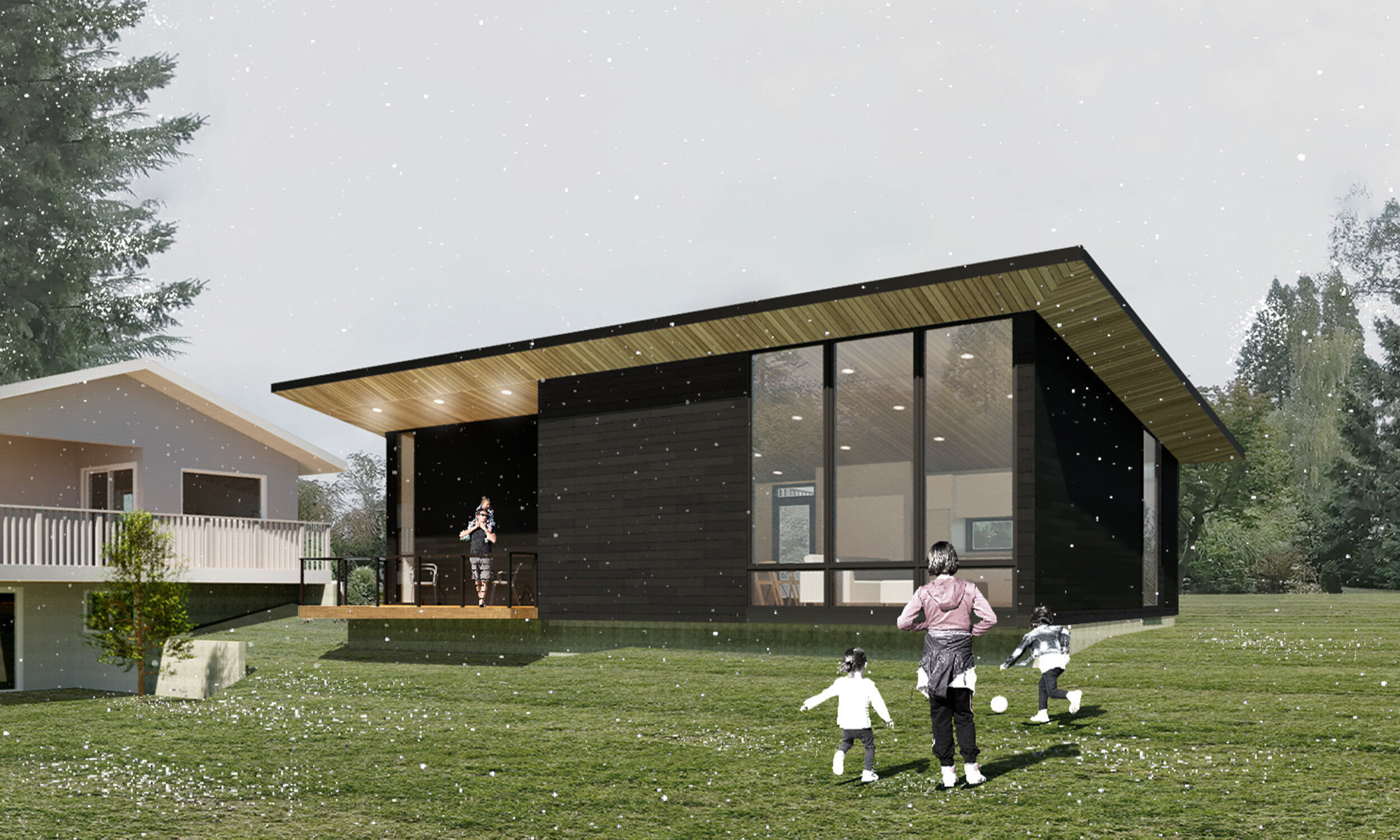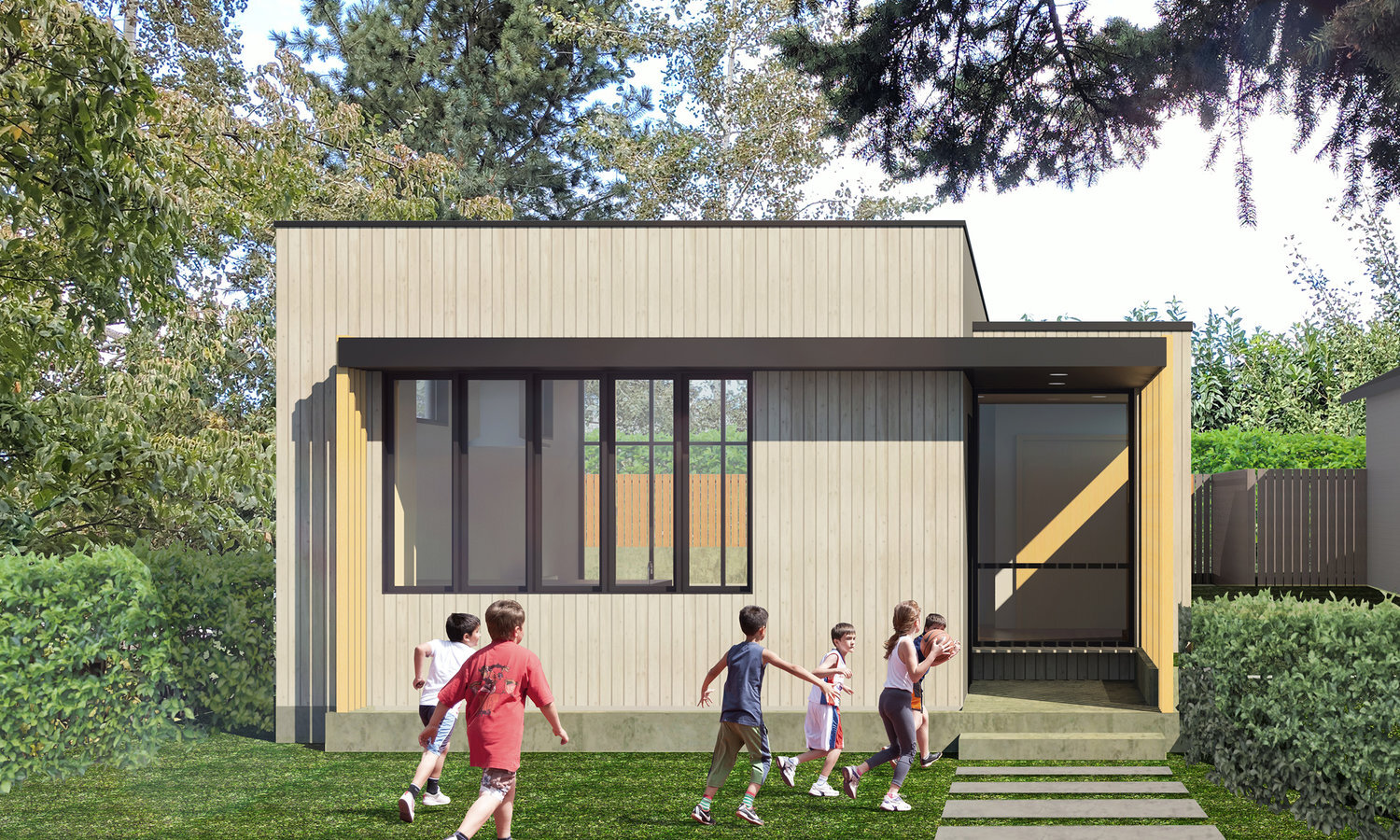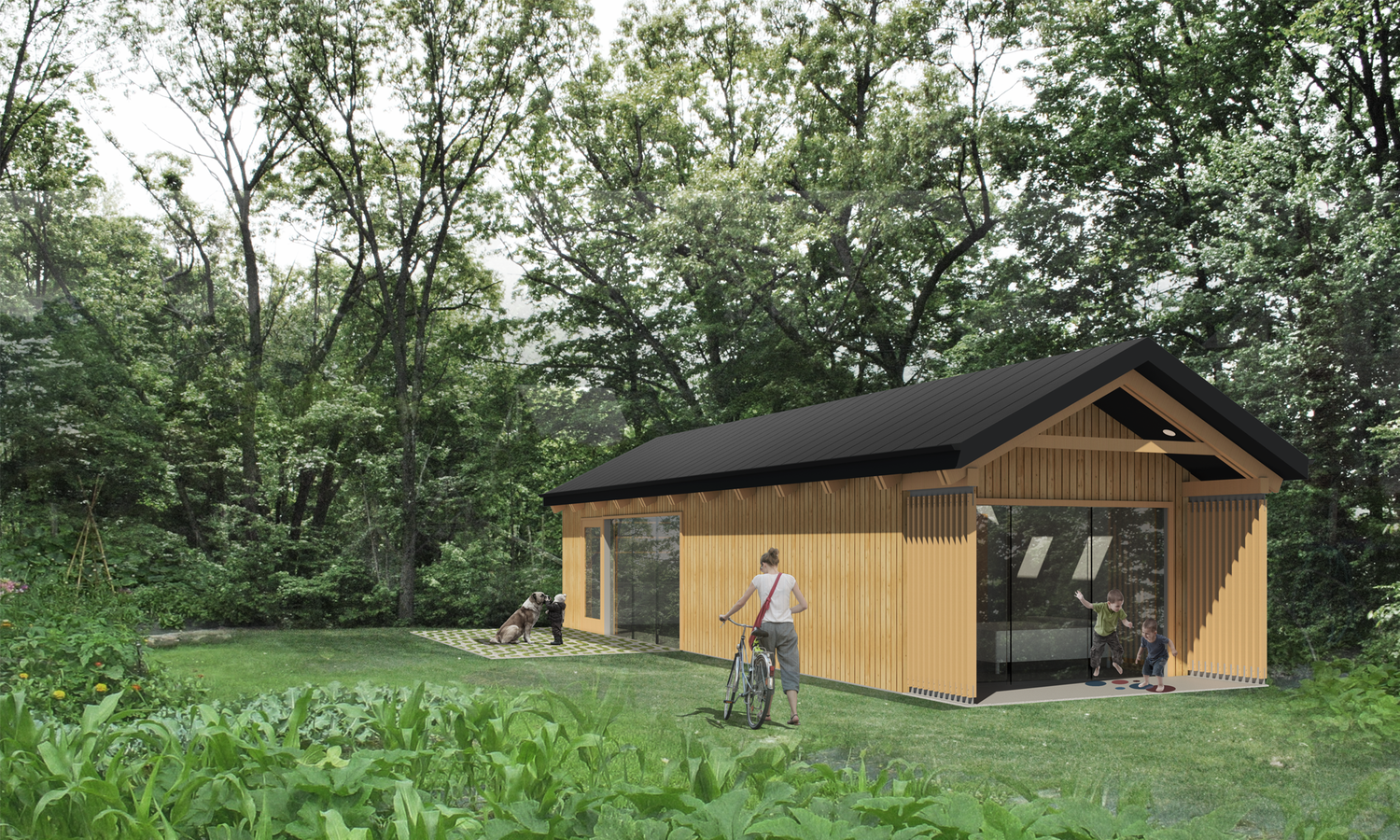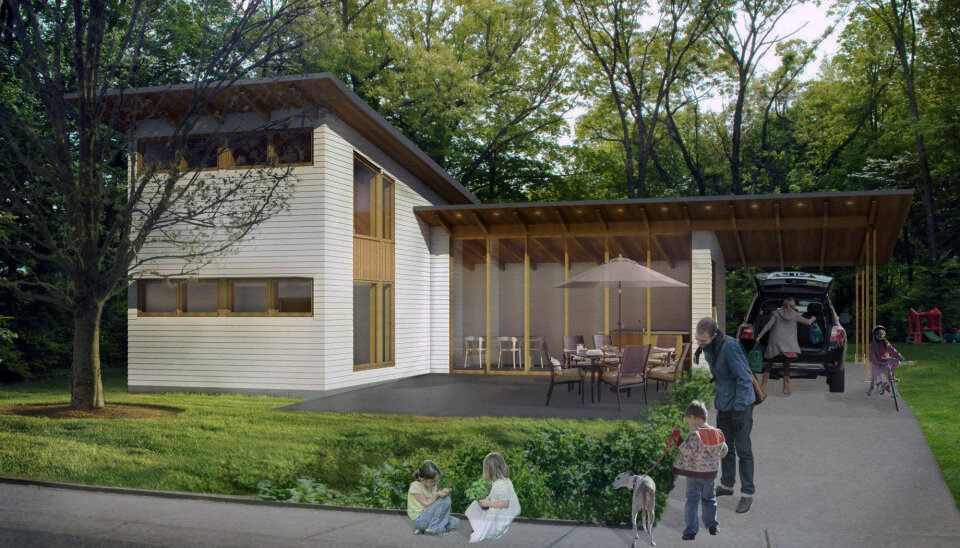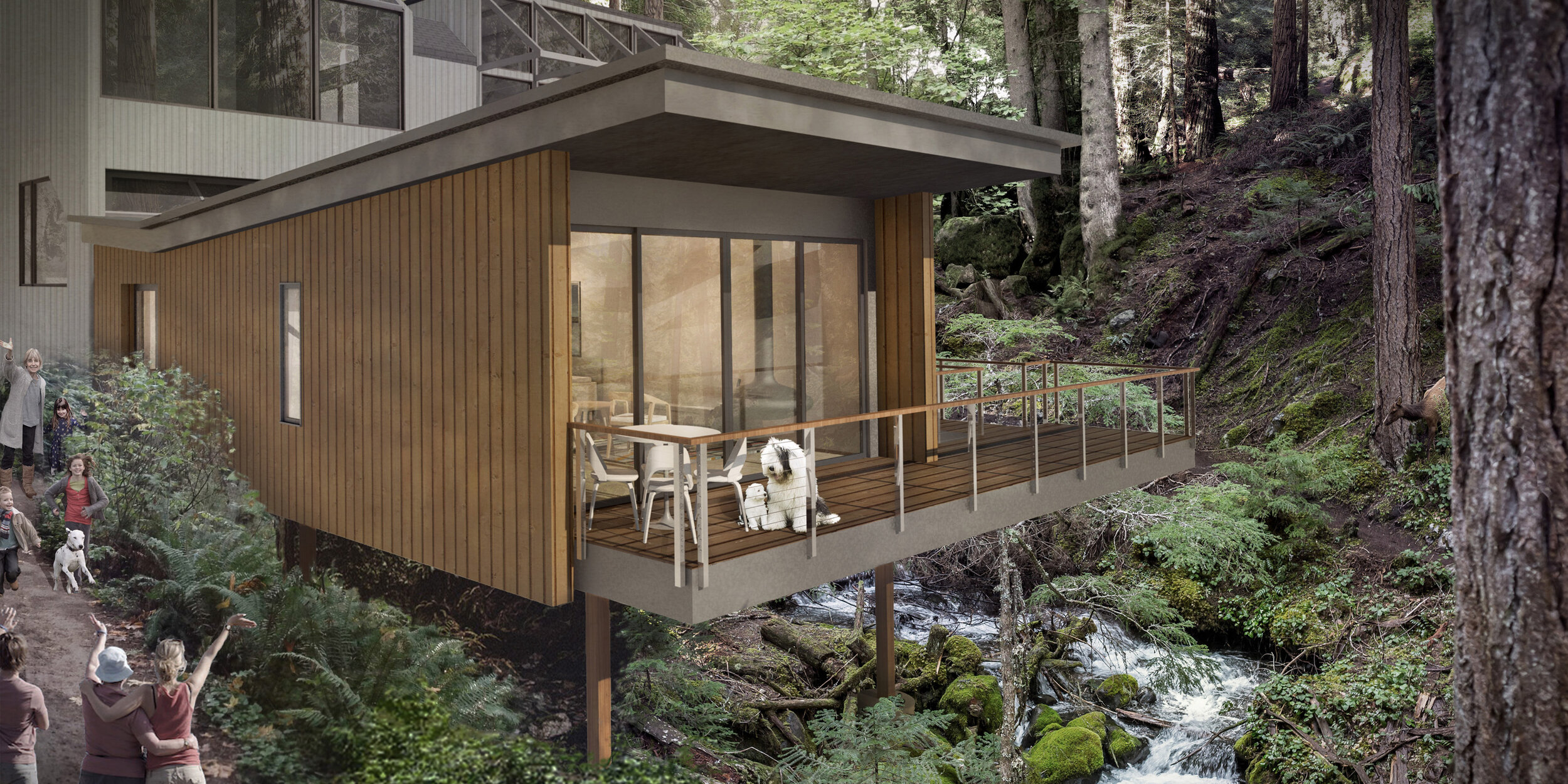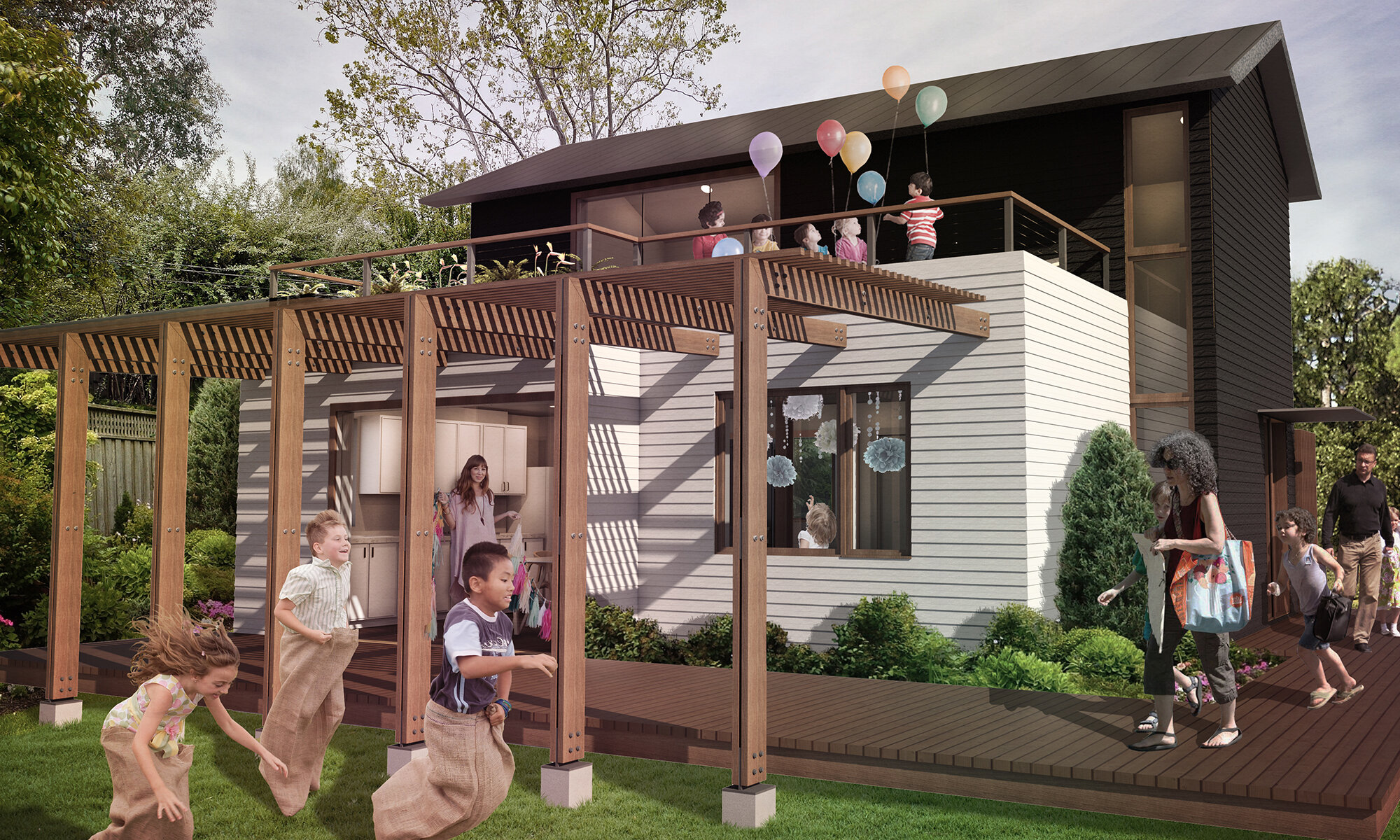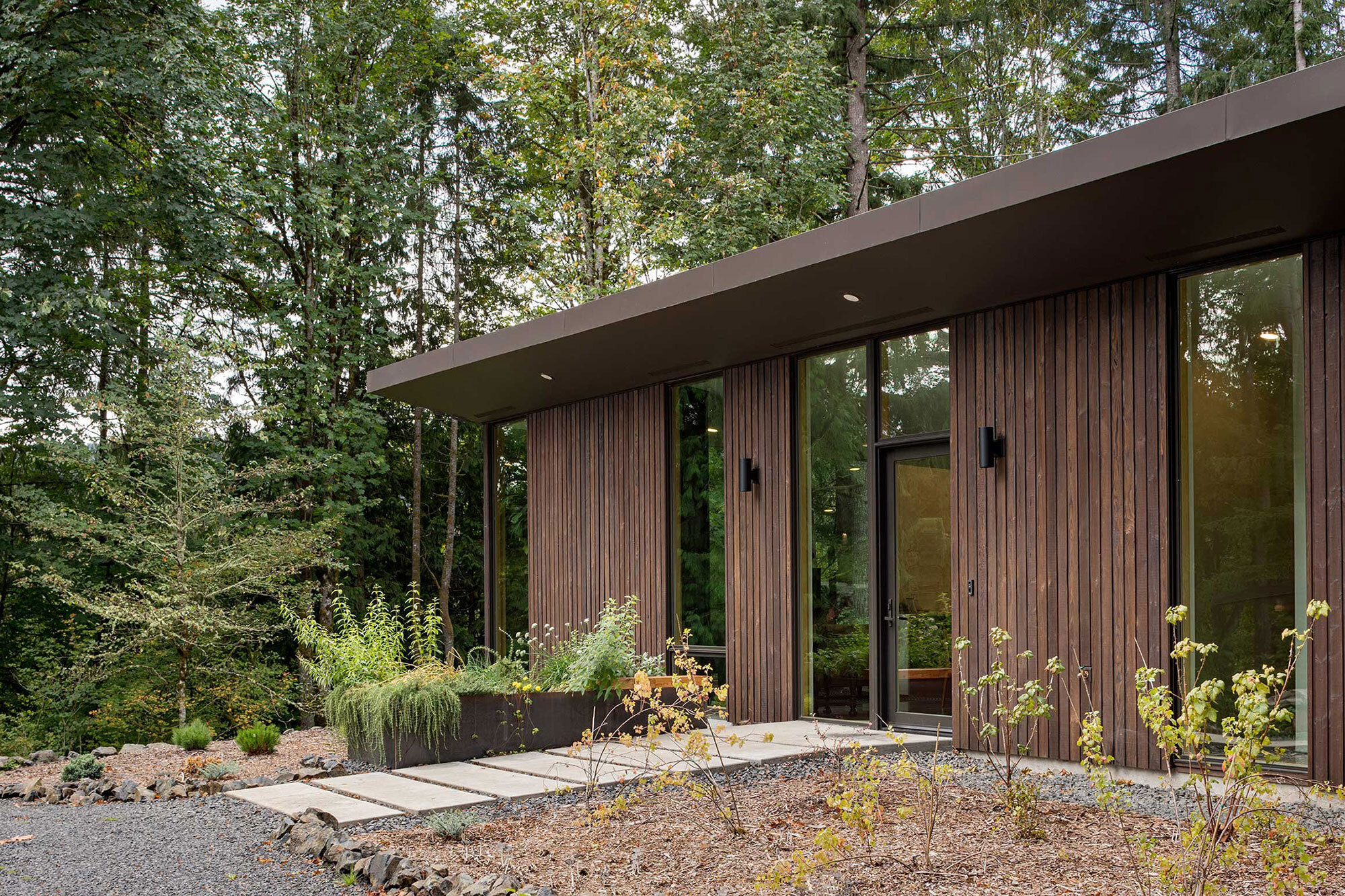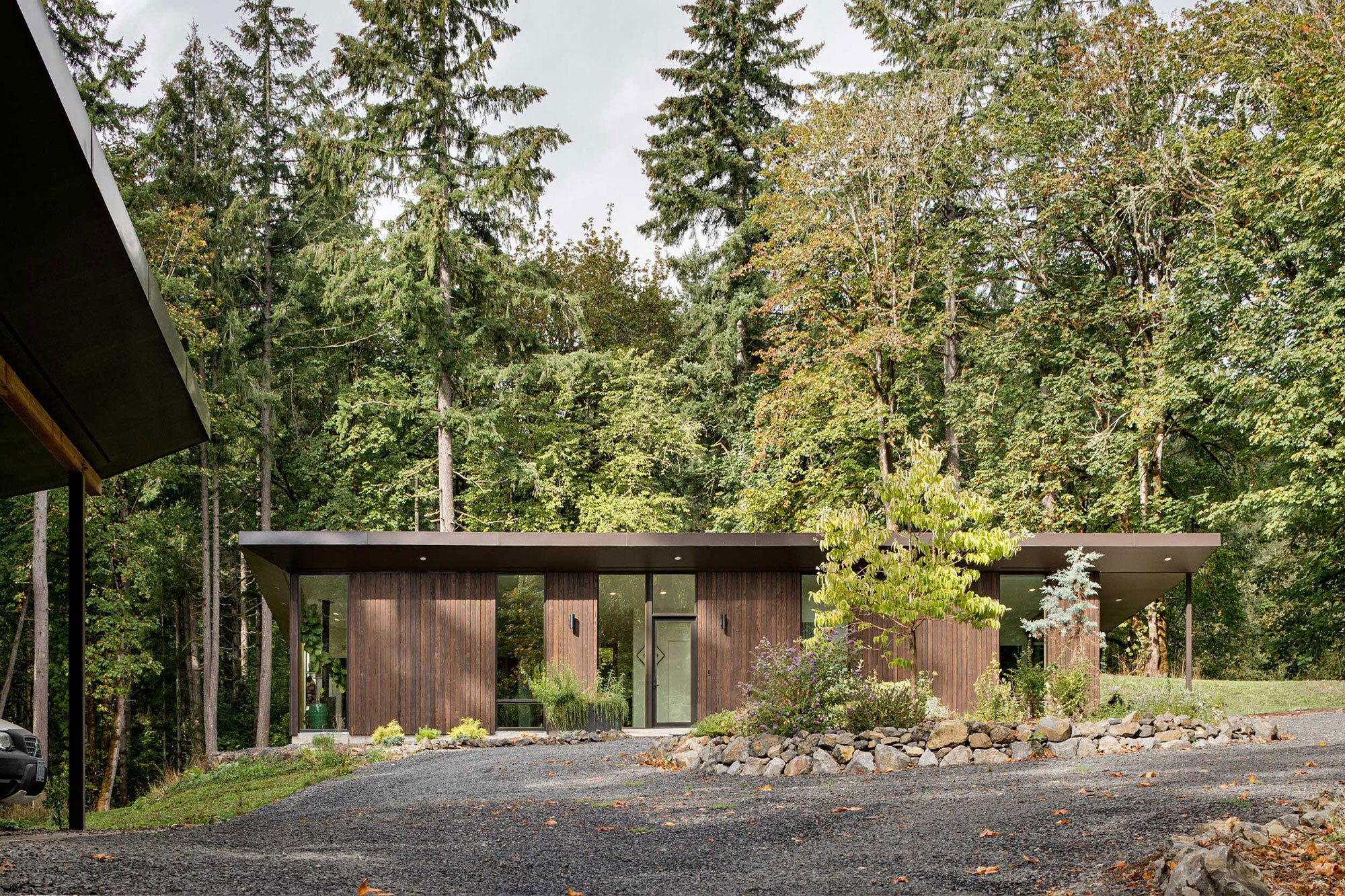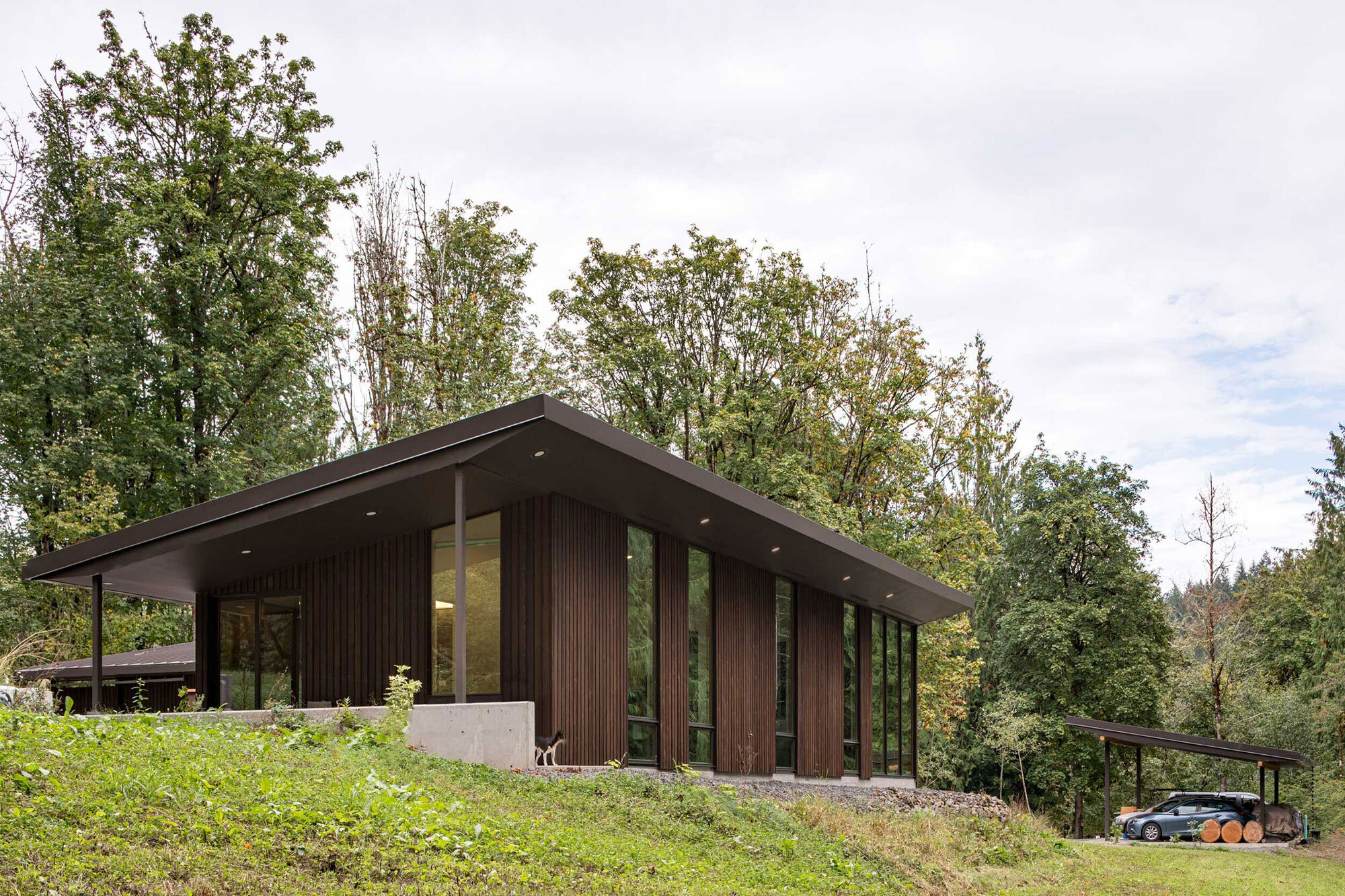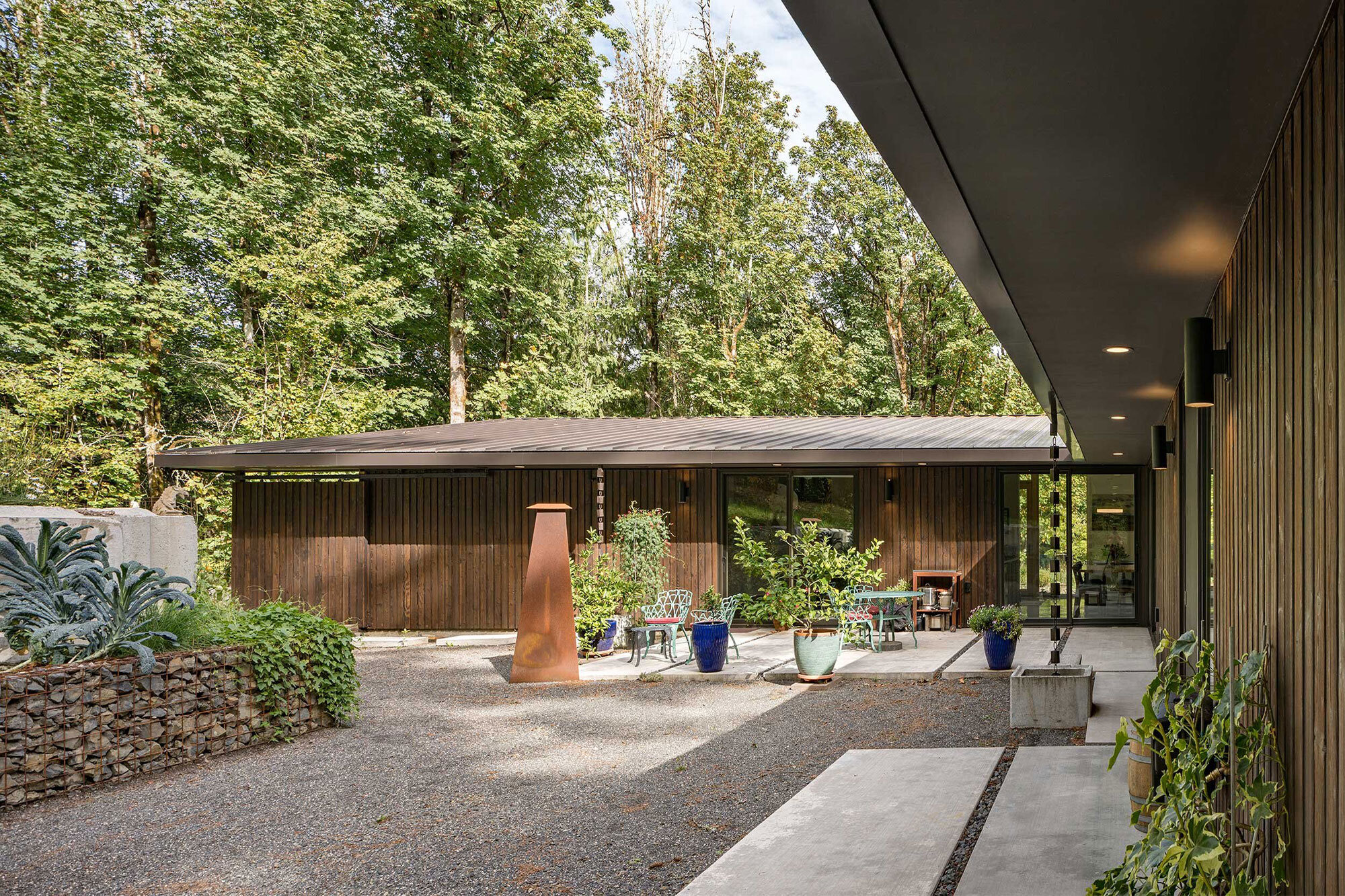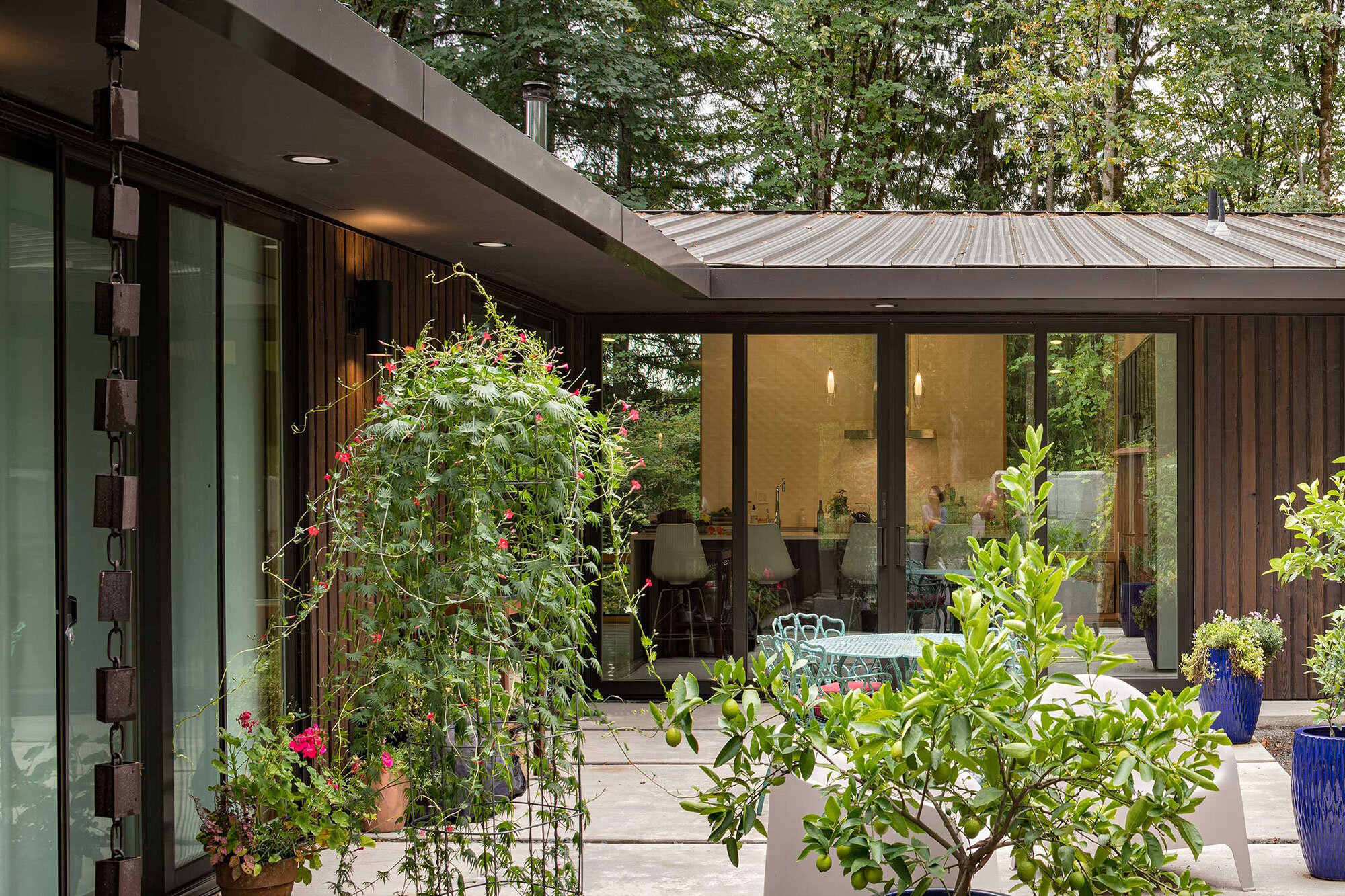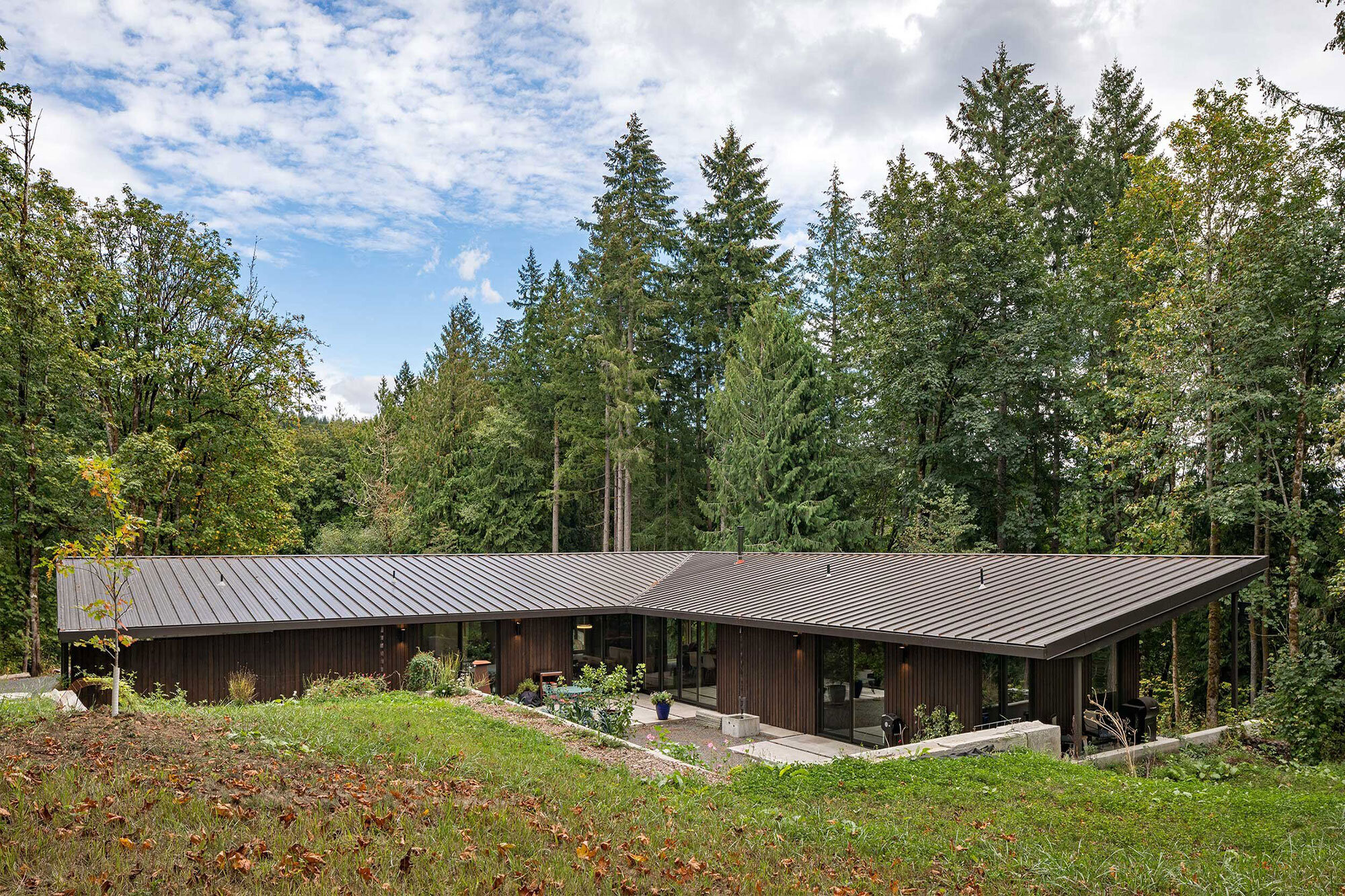Whether we are working on a high-end sustainable custom home, or a beautiful Accessory Dwelling Unit (ADU) for someone’s backyard, we go through an intensive design process to deliver great results to each client. We take the trust people put in us seriously as we are responsible for their investment and achieving their goals and ideas. It is our job to guide clients along a design process to best manage the project budget, make the necessary decisions along the way, and develop a comprehensive drawing set that gives the builders a clear documentation of the design intent, guiding the construction process.
Designers Add Invaluable Expertise And Leadership To The Design And Construction Process.
Our job is to represent the best interest of our clients and develop designs which reflect their goals, ideas, taste, and lifestyle. This extends to managing budgets, developing a beautiful design, and addressing the project’s program. Only when our work addresses all of these factors is a project truly successful. Our design process is tailored to guide our clients through the decisions needed to deliver a great result.
The designer leads the entire project team, including consultants, engineers, contractors, and the clients, with the aim of achieving the best result possible. Like a symphony conductor, we bring all the stakeholders together and facilitate the collaborative effort needed to move the project forward and best serve the client’s and achieve their goals. This means we advise on decisions like cost implications of design decisions, identifying priorities within the program, incorporating sustainable systems and materials, and balance lifecycle costs against the initial budget.
It is only through a close collaboration between all the stakeholders can we meet or exceed your goals. This extends through the design phases, permitting process, and through construction. We are there to work with the builders, advocate for our client’s best interest, and guide the team to deliver a project that aligns with the design drawings and meets the quality standards we and our clients expect.
Great Design Doesn’t Mean More Expensive.
Developing a more comprehensive set of design drawings, carefully working through the hundreds of decisions that are needed to be made, and having a clear strategy for execution can only happen with thoughtful efforts early on in the process. Working closely with clients and the contractors as early as possible helps us hone in on the goals and scope of the project, identify the priorities, and develop a work plan to deliver high quality results. This allows us to balance the design quality, size and efficiencies, construction plan, and ultimately the cost of the project.
In short, if you want to have a higher quality result and manage the project budget, it is in your interest to pay your designer more. The greater the effort put into the design process, the more detailed the drawings are, the more decisions that are made prior to breaking ground, the less chance there is for costly change orders, and the more potential savings there will be. Investing in the design process is the best way to control your project budget and quality. The value designers will bring to your project often is greater than their fees - both in terms of added value to the end result, but also through problem solving and potential savings during the construction process. Invest in hiring a great designer to lead your project team. It is money well spent.
Cost Per Square Foot Budgeting Is Misleading.
Cost is always a concern for our clients, no matter the size of the project or the size of the budget we are managing. It is important for the three main parties, designers, clients, and contractors, to be on the same page when developing an accurate project budget. We often see architects and designers, clients and builders, use a cost per square foot calculation to identify an appropriate budget and compare costs across projects. Although this may seem like a simple way to get a target number, we find that it is often misleading and doesn’t consider many considerations that affect the final cost of a project.
The square footage of a project is not the only thing that affects the cost. For example, steeply sloped topography or a site that is difficult to access can dramatically impact the cost regardless of size. There can be dramatically different costs of labor between rural, suburban, or urban site locations. Seismic zones, hurricanes, and other climatic considerations can affect structural systems or add other costly considerations to the design. Selection of materials, systems, and fixtures can have a dramatic impact on the cost. Further, cost per square foot calculations don’t take landscape features or other external elements into consideration. Do you want patios and decks? A pool perhaps? Cost of driveways, landscaping, walkways, and other external features would not be captured in a cost per square foot calculation but are all important aspects of a project that must be considered in the budget.
The considerations above are common for larger projects and custom homes. For smaller buildings like ADUs, cost per square foot presents other challenges. There are some base costs of construction that are needed regardless of project size. Getting equipment to the site, mobilizing the construction team, running utilities to the new home, are all required if the project is 800sf or 3,000sf. Expensive parts of a home like kitchens and bathrooms are also not “subsidized” by the less expensive spaces like bedrooms and living rooms. All of this means that when you divide these costs by the smaller square footage, your cost per square foot calculations can go soaring. Where a custom home may start at $350/sf an ADU may be $500/sf or even higher.
Instead of a cost per square foot calculation, we recommend to our clients to be open with us and discuss the total amount they want to invest in the project. Having these open conversations builds trust and allows us to offer advice and guide clients through the design decisions needed to keep a project on budget. Together with our clients we can prioritize what is most important and where to invest the budget to get the best results. For instance, a slightly smaller, more efficient layout could allow you to select higher end finishes and fixtures. Quality over quantity can lead to a better end result while managing the amount invested in the project.
Design and Construction Takes Time But Not Forever
Along with budgets, project schedules are one of the biggest concerns our clients have. This is especially true of residential clients who are building a project for their families to live in. Often they are concerned that building a custom project takes too long and they can save time simply purchasing a home already built. This is understandable and designing and building a unique custom home is definitely investment of money and time, but one that will be well worth it.
It is important to be prepared for the time needed to move through a thorough design process, work through the local permitting requirements, and build the home to high quality standards. Rushing a project isn’t recommended as it will either increase costs, decrease quality, or both. A home that is crafted specifically to meet your goals, lifestyle, and tastes will pay off over the years you will live there and the generations of family that will enjoy the home together.
The more comprehensive the design process is the better the end result. Spending extra time in the design phase will allow for the team to better document the design decisions, detail the project to give the contractor more specific instructions, and will save the headaches and increased cost of making last minute decisions while the project is under construction. Spending the extra time during design will also allow the contractor to better schedule the construction phase, potentially preventing unforeseen delays.
A bit of extra time spent in design can save significant time during the construction phase. Overall, the time invested in the design and construction of your custom home will pay dividends when you get to live in the house that is tailored just for you.
Project Complexity Affects the Schedule
The duration of both the design phases and construction phase of a project is highly variable based on the efficiency of the decision making process and the complexity of the project, both in terms of the site conditions as well as the size and design of the building itself. Site conditions are part of the research we do during our initial pre-design phase, giving us the information we need to know to move forward with the design of the building. The more complex the site - topography, natural features, codes and regulations, overlays like historic districts or environmental conditions, existing structures, etc. - the longer it takes for us to complete our research and design a response to the specific conditions.
The other big variable is the time it takes clients to make decisions. When we present design concepts, discuss relevant information, and offer options for clients to consider, we understand it takes some time to review, process, and decide which options are the best for your needs. Some clients make these decisions quickly while others require longer to deliberate and decide the path to proceed upon. The more complex the project the more decisions need to be made and the greater this can affect the project schedule.
To give a rough understanding of a typical project schedule, we find that the design phases of the project can last anywhere from 6-9 months, and sometimes longer if it is a particularly challenging site or the clients need additional time. Then there is the permitting phase which can be anywhere from a few months to almost a year depending on the local requirements and process (we find that most building departments are very slow in reviewing and permitting projects these days). Once the permit is issued you can estimate about a year for construction to be completed, sometimes less, sometimes more.
Design and Construction Is Like A Symphony
Like a great piece of music, it takes a collaborative effort for all the instruments to play their part of the overall composition. To make it work, a conductor is needed to guide each player and coordinate the whole ensemble. This is the role the designer plays in your project. The designer assembles the team of consultants (which could include surveyors, structural engineers, civil engineers, geotechnical engineers, MEP Engineers, Landscape designers, lighting and acoustic consultants and other specialists), guides the client through the decisions needed along the way, and helps select and collaborate with the builder during construction. Like the symphony conductor we balance the needs of each discipline and coordinate the communication and flow of information across the team. We develop the project schedule, set key milestones, and keep the client informed of progress. We review all the work that comes in and coordinates the design of the home to respond to each consultant’s work. It is a complex job that necessitates dedications, commitment, detail oriented work, and knowledge of all the fields that contribute to the success of the whole.
This is why it is important for your designer to be involved in all aspects of the project. From the beginning we guide the research to gather the necessary information, work with the clients to hire the required consultants, and guide you through the selection of the right contractor. We follow the project from this initial pre-design work through the design phase, permitting process, as well as through construction to guide the project to completion. We are advocates for our clients along the way and help you make the best decisions for the success of the project.
It is only by having a great team, working together, that a project can be a true success. Clients, Designers, Consultants, and Contractors form a team with the same goal, delivering a design that meets the client’s goals, budget, and program, while creating a beautiful design that is inspiring.
Conclusion
Every project regardless of size is a complex undertaking. It is our job to make the process as smooth and stress free as possible. This starts by educating our clients and setting clear and transparent expectations for what to expect. Design is really a series of decisions from creating the layout and floor plans, to developing the look and feel of a new home, to diving into the details of how it will get built. It is our job to be your advocate along the way, both guiding you to make the best decisions possible, but also acting in your best interest to keep the project on budget and on schedule.
It is only by working as a team can we overcome the challenges along the way and deliver a great project that meets your goals and ideas and becomes a beautiful inspiring place to live for your family. We take this responsibility seriously, and although we have a lot of fun working with our clients throughout the design and construction process, we still understand the immense trust you have put in us and our responsibility to deliver great service.


